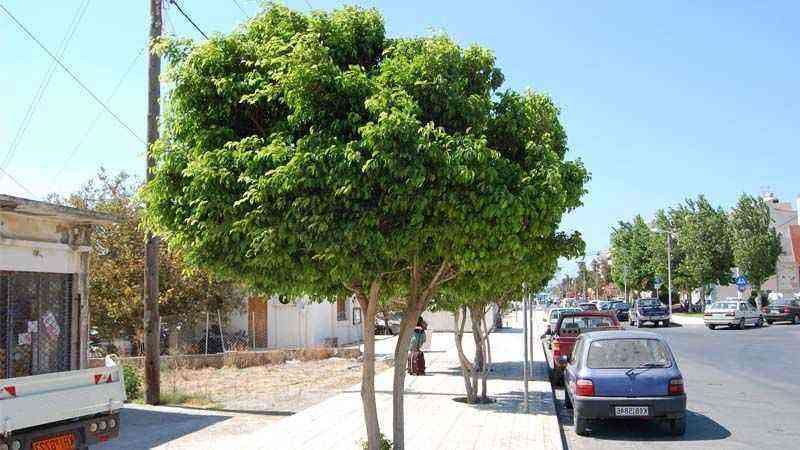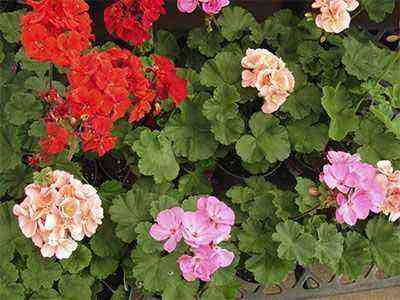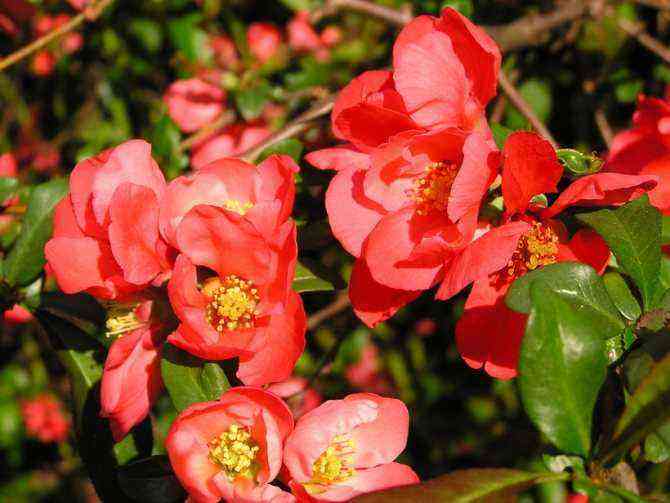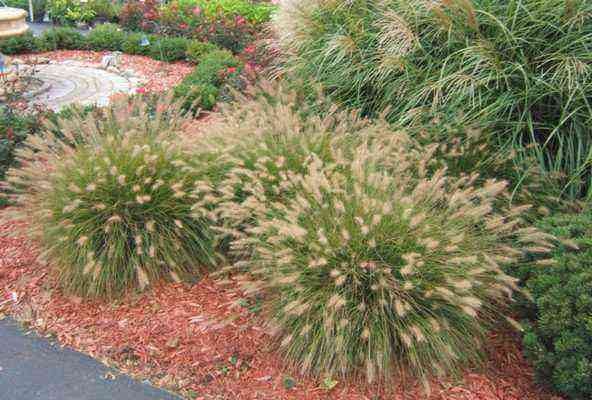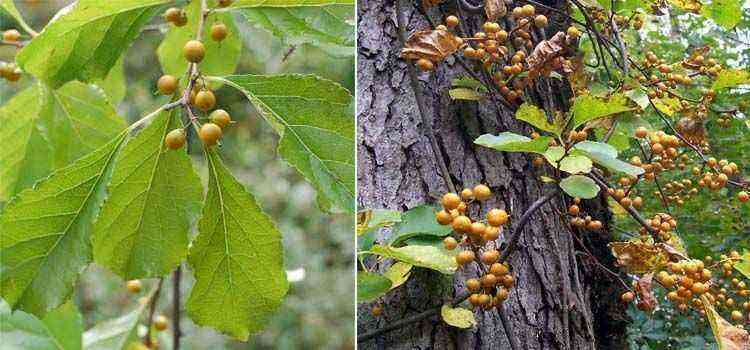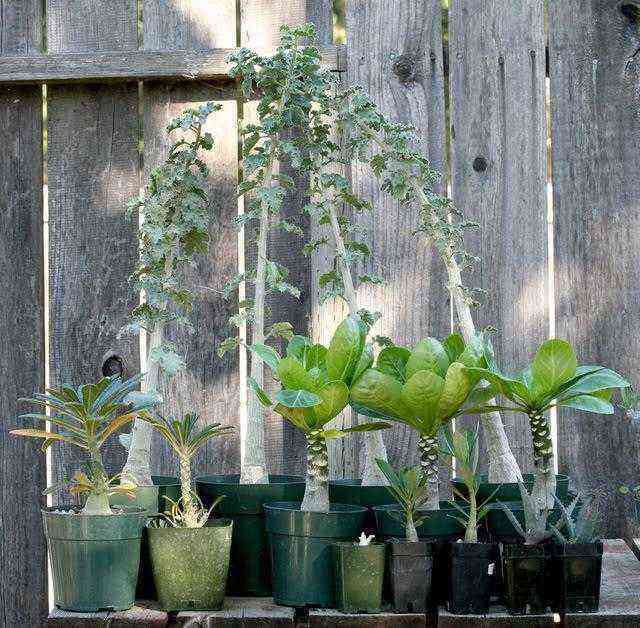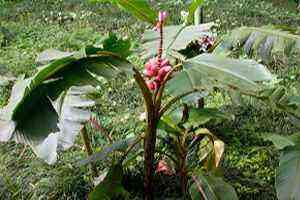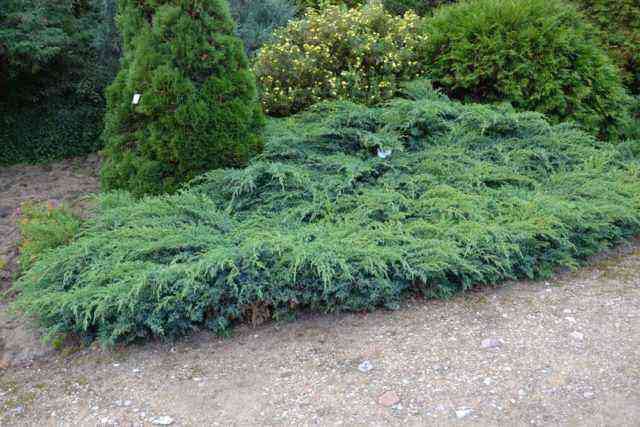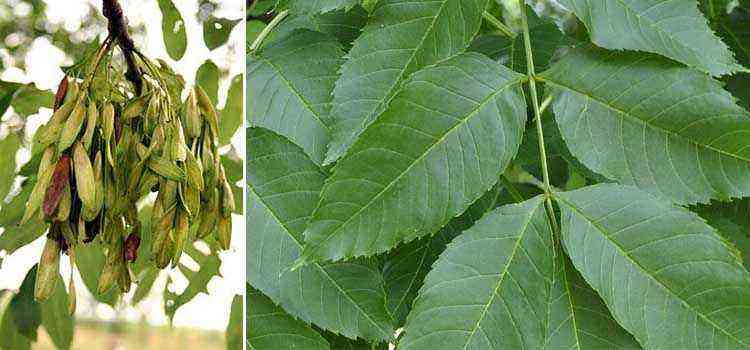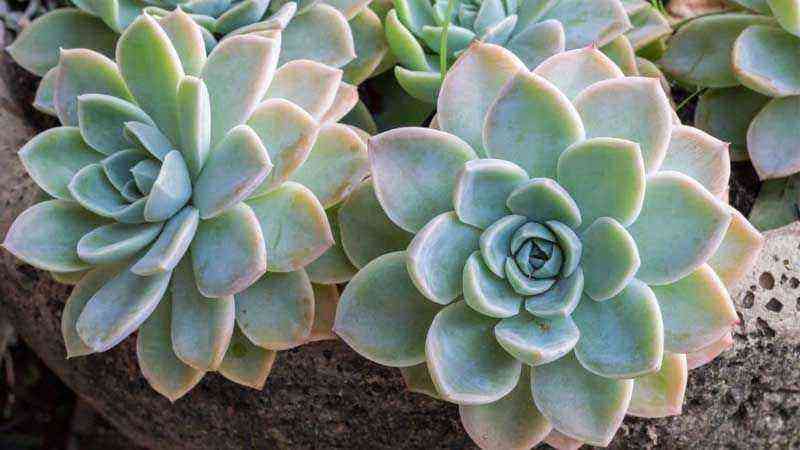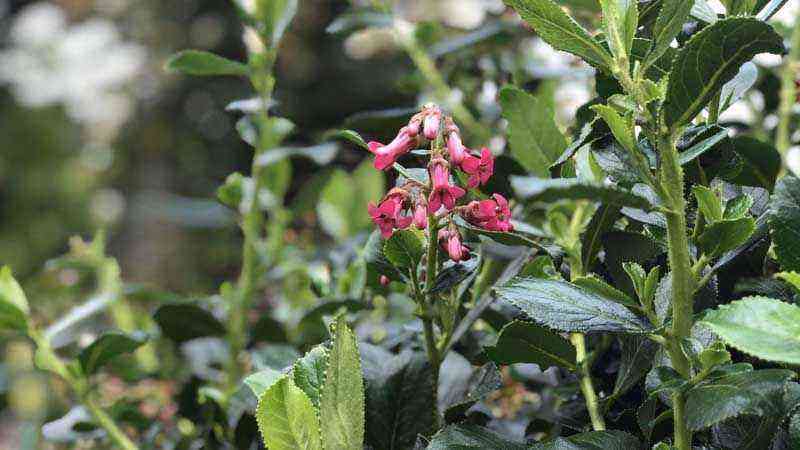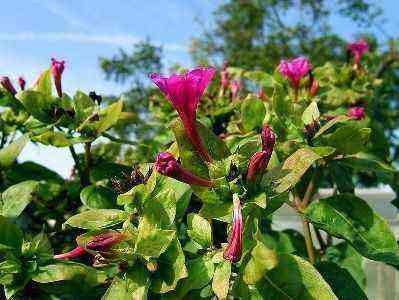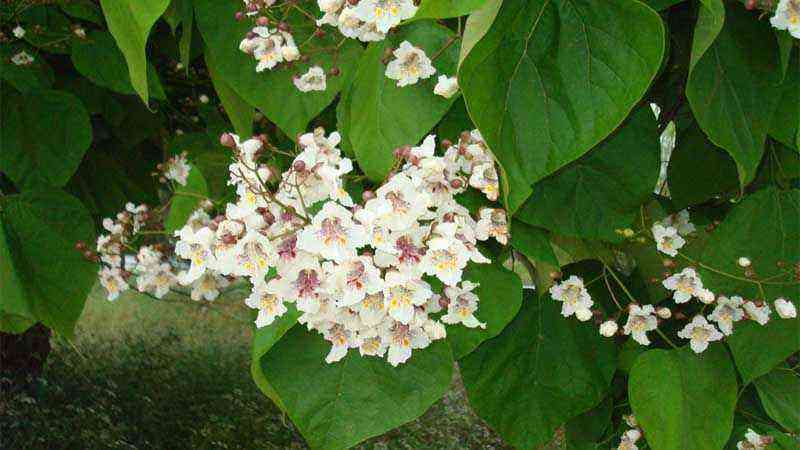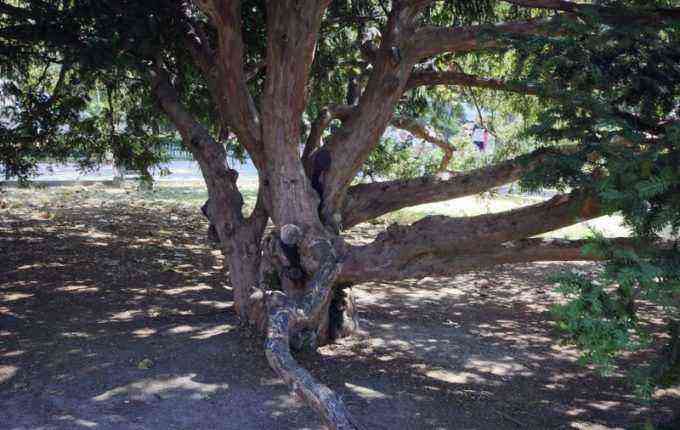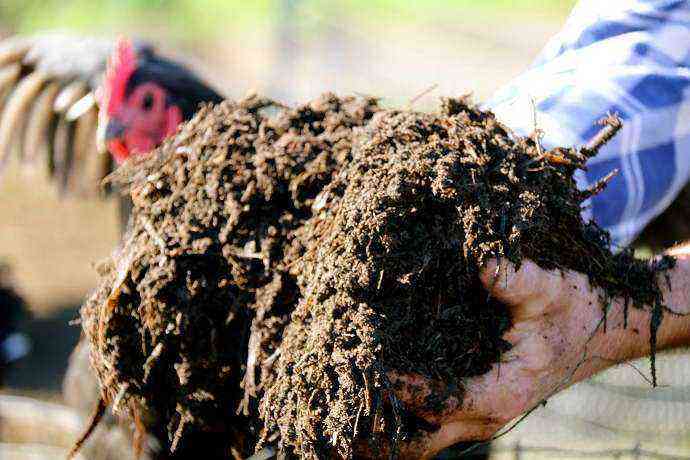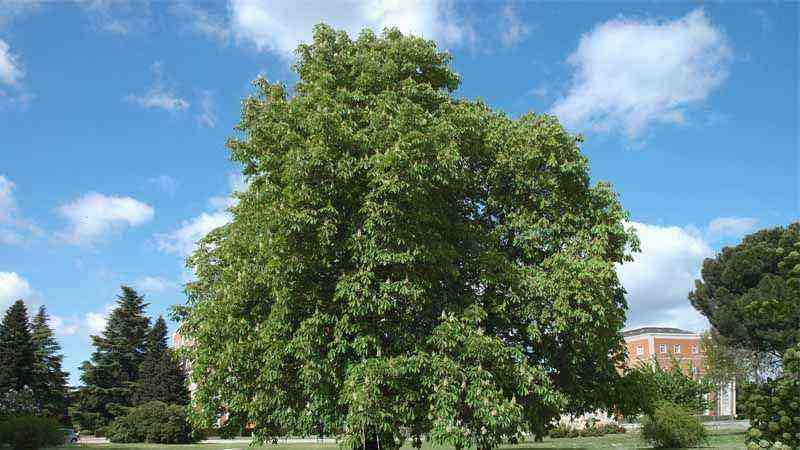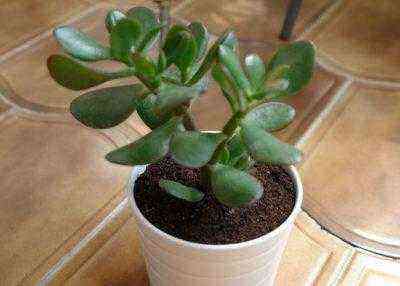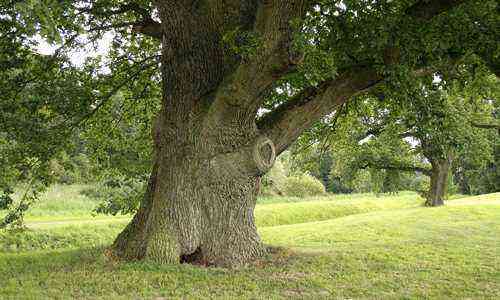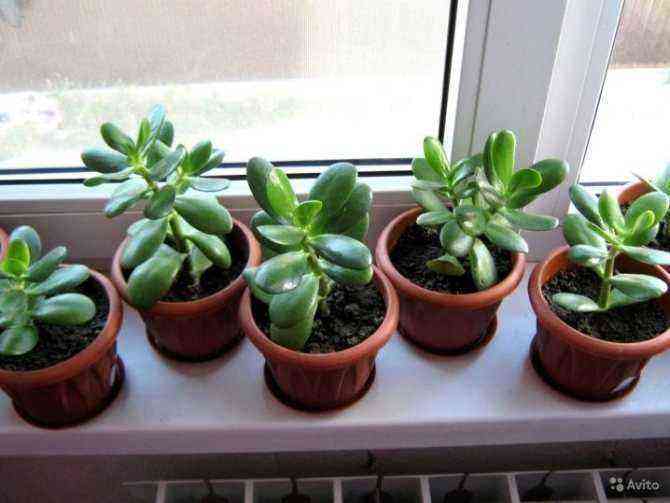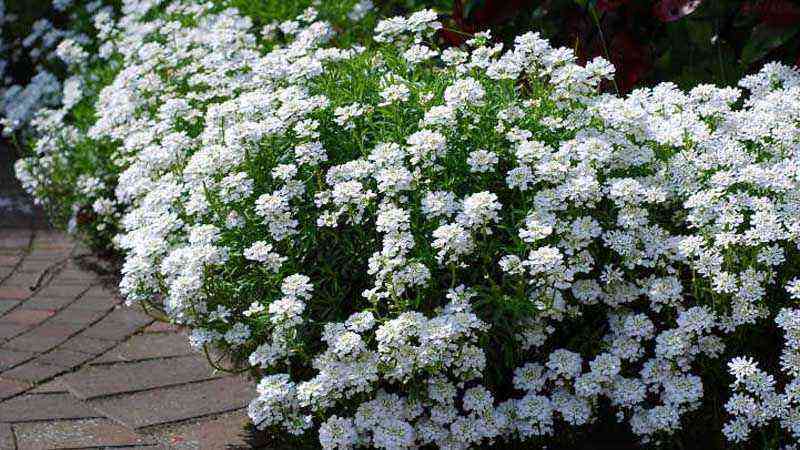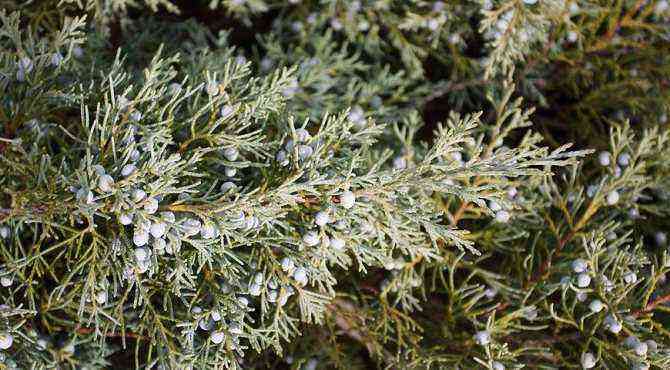Today we are going to tell you some things about official tree from the capital of Thailand, Bangkok. Although it is native to South Asia, as well as some areas of northern Australia, in Spain or other countries we can also enjoy this magnificent tree. You just need to know how to get the most out of it and make it the star of our garden or orchard. Go for it.
Some cool things about Ficus Benjamina
El Ficus Benjamina belongs to the Moráceas family, a family that has the peculiarity of producing latex, like the fig tree, and to which more than 2.500 species belong, some of great economic importance.
It is a large tree, since in the best conditions can reach more than 30 meters in height and generate shade for an entire square, such as can be found in some cities in Andalusia or Tenerife, since it is widely used as an ornamental tree due to the shape and fall of its leaves and the structure of the tree.
Climatic conditions of its cultivation
Al Ficus Benjamina in your early years you can have potted indoors, and in fact it is one of the star pots at home, but given its rapid growth, we will not be able to have it there for life and we will have to change containers or permanently plant it in the land of our orchard or garden.
This procedure can be delayed if we periodically trim its roots (always the tips and without overdoing it), but It is not highly recommended, since in some way, we are limiting the potential of this tree that is used to growing in large spaces and quickly.
El Ficus Benjamina It is a tree that tolerates high temperatures (you know, being native to such hot countries …) and areas with a relatively dry environment.
La light It’s very important, since depending on the incidence it has on the tree, it will condition its growth. It is better not to expose it directly to the sun’s rays in areas where the environment is dry, but it is convenient that it receives a lot of light.
It has a peculiar way of adapting to the climate and that is that the density of its foliage changes depending on the light and the weather. In areas exposed to the Sun, it tends to generate denser foliage, and in shady areas, the foliage tends downward with hanging branches.
Soil characteristics
Whether in a potted substrate or in permanent ground, the Ficus Benjamina does not require special soil conditions. For example, if you keep it at home, a good mix can be thirds of sand, substrate, and compost.
In definitive soil, the mixture of the earth with organic matter that we have on hand is good.
Subscriber needs and irrigation of the Ficus Benjamina
It depends especially if we are in winter or summer and if we have it planted outside or inside the house.
As a rule, in summer it is usually watered 2 or 3 times a week (You already know the rule of inserting the pencil into the substrate to see if it is still wet, even if we see the dry surface layer).
En winter it can be watered once a week, without being abundant.
One way or another, it is important to be constant with watering and not accustom it to times of drought and times of excess irrigation that produces flooding and periodically checking that the drainage of the soil or substrate is good, since they do not tolerate excess humidity.
As to subscriber, in spring and summer it requests the maximum nutrient needs. Once every 15 or 20 days we can add, if we are at home, some liquid fertilizer that we can find in stores or supermarkets.
Outdoors, some solid mineral fertilizer is usually applied, or ecological mixtures of organic matter that you will surely already know. 😉
Transplant conditions
Al Ficus Benjamina you will see it grow almost every day. That is why you periodically have to change the pot or container.
The transplant is usually perform in spring preparing again the mixture of substrate that we have commented before. You will see when you need to change the container by rolling its roots or if you see some superficial ones appear.
